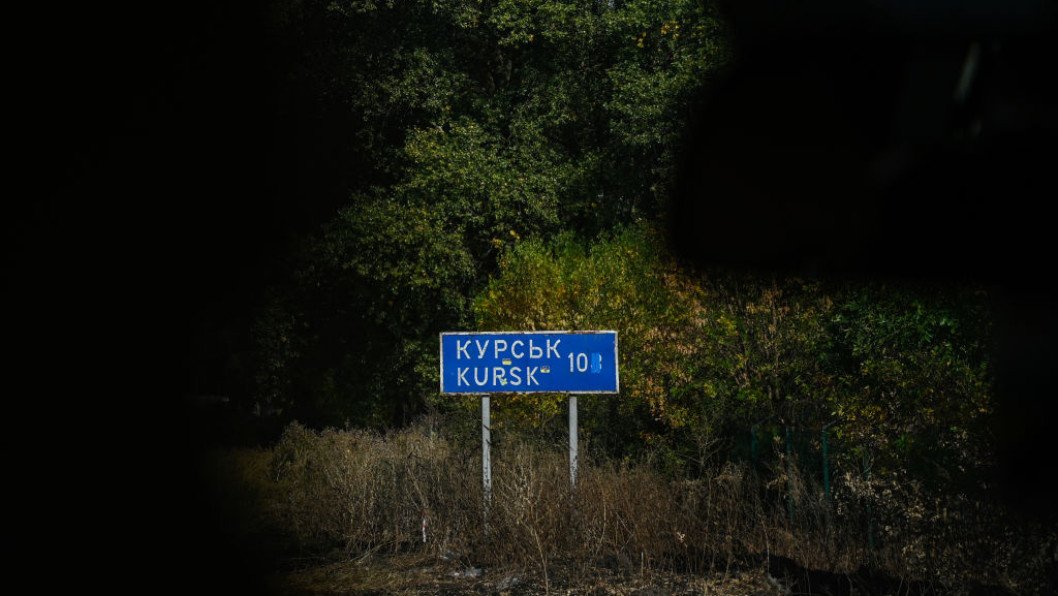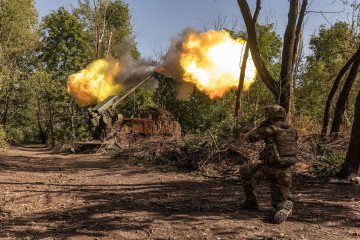- Category
- Latest news
The Bigger They Are, the Harder They Fall: Ukraine’s Deep Strikes Turn Russia’s Massive Size Into Its Weakness

As Ukraine strikes deeper into Russian territory than ever before, the very size that once protected the Kremlin is turning into a battlefield liability. From Siberian airbases to Moscow’s suburbs, nowhere is off-limits—and nowhere is fully defended.
Ukraine’s deep-strike campaigns are testing Russia’s ability to defend its vast territory, with recent drone attacks reaching further than ever into the world’s largest country.
According to Al Jazeera on June 19, Ukraine is increasingly demonstrating that Russia’s sheer geographic scale—once a historical advantage—is becoming a strategic vulnerability in the ongoing war.
Ukraine turns Russia’s geography into a strategic weakness
Stretching nearly 10,000 kilometers from west to east and spanning 17 million square kilometers, Russia encompasses over 11 percent of the Earth’s landmass.
But in today’s war, this expanse creates logistical and defensive challenges, especially amid growing pressure from Ukraine’s long-range drone operations.
Lieutenant General Ihor Romanenko, former deputy chief of Ukraine’s General Staff, noted that Russia’s size offers “maximal capabilities for strikes,” referring to it ironically as Ukrainian attacks reach deeper into Russian territory.
From military leadership to civilian volunteers building drones in workshops, Ukraine continues to adapt, bypassing Soviet-era doctrines with asymmetric tactics.

Ukrainian forces have launched repeated cross-border operations, securing positions in the Russian regions of Kursk and Bryansk. These incursions have forced Russia to divert tens of thousands of troops to domestic defense.
Meanwhile, Ukraine’s evolving drone capabilities have exposed gaps in Russia’s air defense infrastructure, much of which was designed during the Cold War and remains stretched across large areas of western Russia.
Drone campaigns reach deep into Russian territory
One of the most significant operations to date, Operation Spiderweb, was carried out by Ukraine’s Security Service (SBU) on June 1. The long-range drone strike targeted the Belaya airbase in Irkutsk, nearly 4,000 kilometers from Ukraine’s border.
According to reports, the drones—possibly launched from Kazakhstan—damaged or destroyed strategic bombers. The same operation extended to the Amur region, over 7,000 kilometers east of Ukraine. Only a technical malfunction prevented further damage at the Ukrainka airstrip.
Military analysts have taken note. Mick Ryan, a retired Australian general and Lowy Institute fellow, described such operations as a warning that domestic military sites are now highly vulnerable to cost-effective and mobile threats that are difficult to detect or intercept.
-04df4aadbcb4826e9e7fd30da33613f4.jpg)
These strikes follow early setbacks for Ukraine in 2014 and 2015, when Russia annexed Crimea and supported the occupation of parts of Donbas. At the start of the full-scale invasion in 2022, Russian leadership appeared confident in a swift operation and did not prioritize domestic defense planning.
“They didn’t think about it at all,” said Volodymyr Fesenko, head of the Penta think tank in Kyiv. “Moscow didn’t expect Ukraine to resist for so long and to strike back on Russian territories so effectively.”
Now, Ukraine’s drone campaigns routinely target military-industrial infrastructure in and around Moscow. In May 2023, two drones detonated over the Kremlin, slightly damaging one of the buildings. As of mid-2025, Ukrainian drones are a regular presence in the airspace above Moscow’s suburbs.
The attacks have affected daily life. Flights in western Russia are frequently delayed or canceled, with some travelers reportedly opting to use airports in northern Kazakhstan to avoid disruptions. “I cherish nights without air raid sirens,” a resident near Moscow told Al Jazeera.
Economic and logistical pressure mounts inside Russia
Beyond the military, Ukraine has also focused on undermining Russia’s economic infrastructure. A series of strikes on oil refineries and fuel pipelines have temporarily knocked out up to 14 percent of Russia’s refining capacity, according to the US Defense Intelligence Agency.
-cfd972e8ec70139f5898fe4ab2b2ff1d.jpeg)
These strikes, seen as a response to Russia’s repeated attacks on Ukraine’s energy grid, have triggered a six-month ban on gasoline exports, increased domestic fuel prices by 30 percent, and forced Russia to import fuel from Belarus.
Logistics have also been disrupted. On May 30, two bridge explosions in Kursk and Bryansk derailed trains, resulting in seven fatalities and 69 injuries. Moscow labeled the incidents “terrorist attacks” and blamed Ukraine.
However, some analysts argue that Ukraine’s attacks remain limited in scope and impact. Researcher Nikolay Mitrokhin of Germany’s Bremen University believes that earlier strikes on symbolic targets like Moscow were less effective than focusing on ammunition depots and transport hubs.
As Russia adapts by relocating aircraft and building hardened shelters, sustained disruption becomes harder to achieve.
Despite these challenges, Ukrainian officials remain confident in future capabilities. “We lack tools,” Romanenko said, referring to domestically produced missiles and advanced drones still in development. “Once we have the tools—Putin will be more realistic, for he only understands force.”
Earlier, on June 10, Ukrainian defense experts revealed that a domestically produced ballistic missile successfully struck a Russian command post nearly 300 kilometers away. According to military analysts, the missile—reportedly larger than the US-supplied ATACMS—is now entering serial production and marks a major leap in Ukraine’s precision strike capabilities.



-72b63a4e0c8c475ad81fe3eed3f63729.jpeg)


-111f0e5095e02c02446ffed57bfb0ab1.jpeg)
